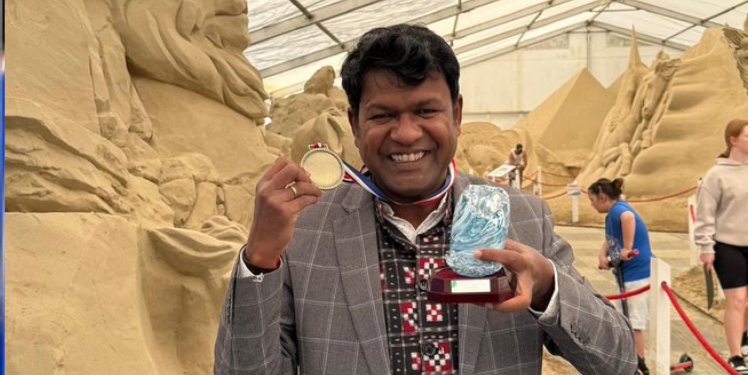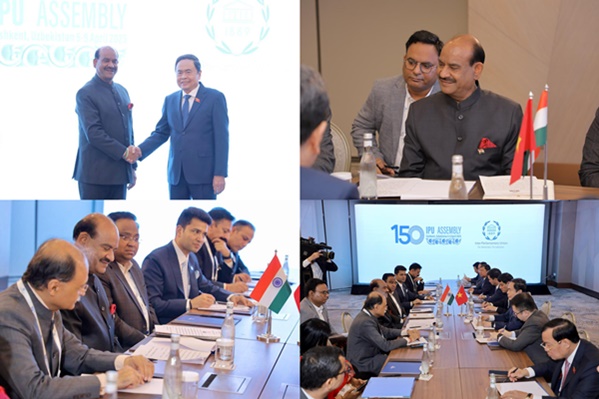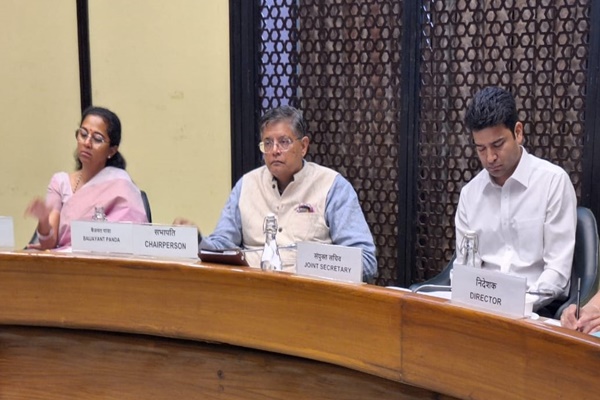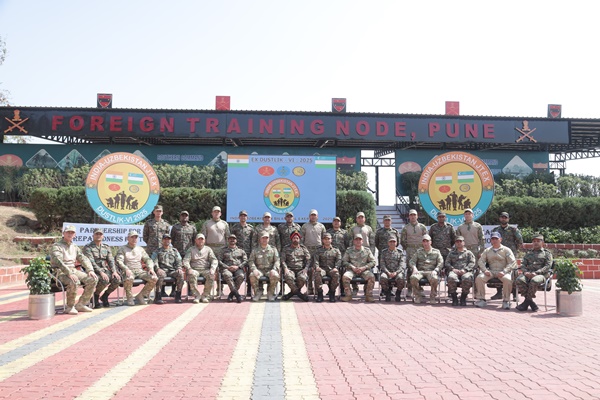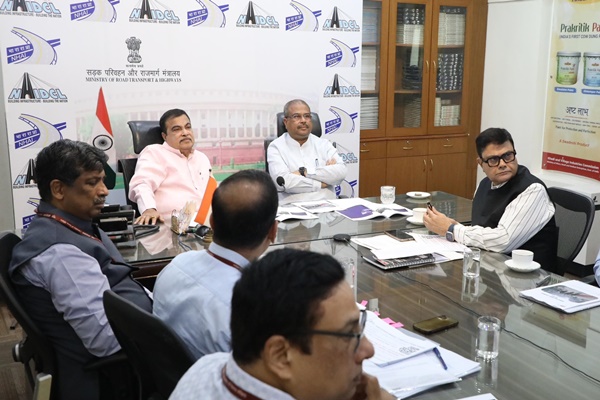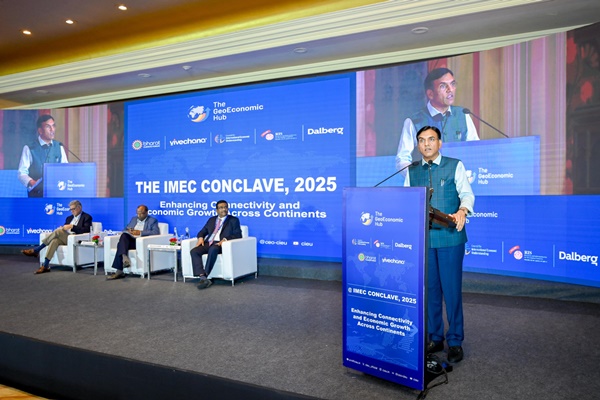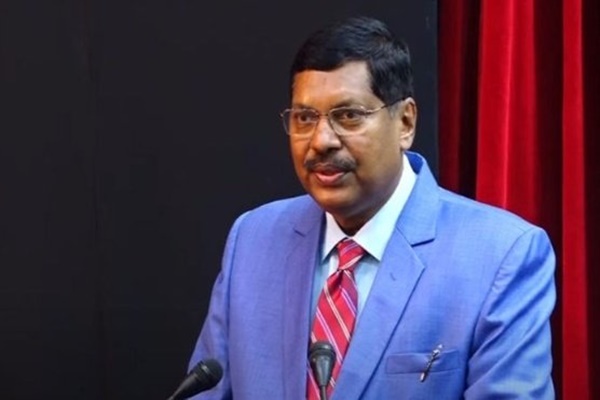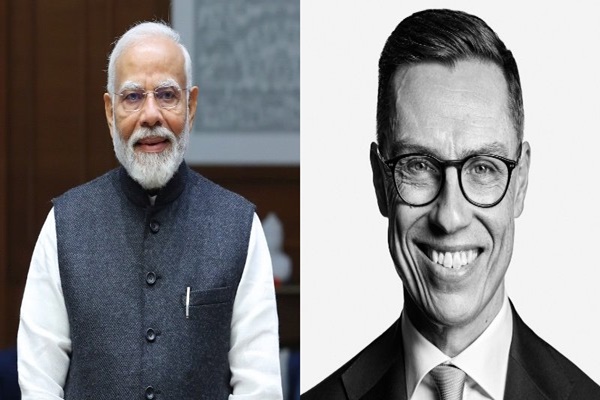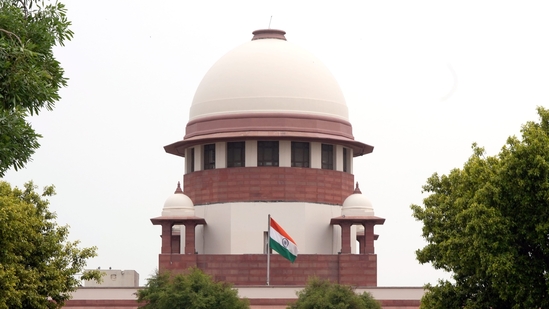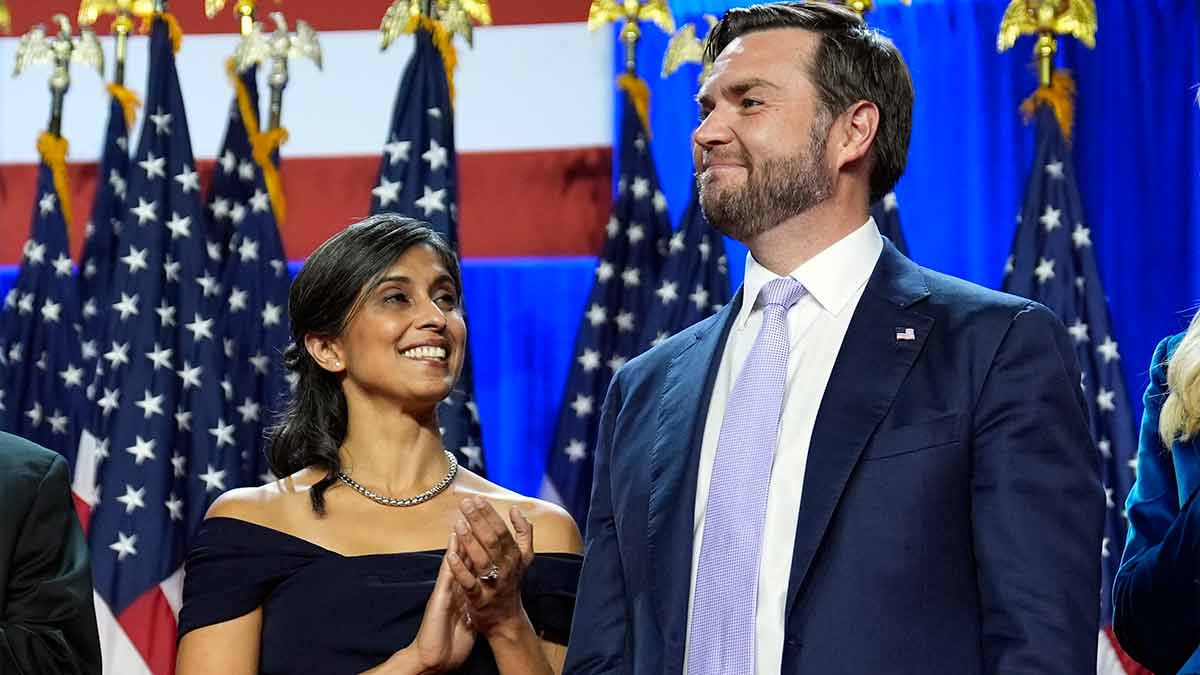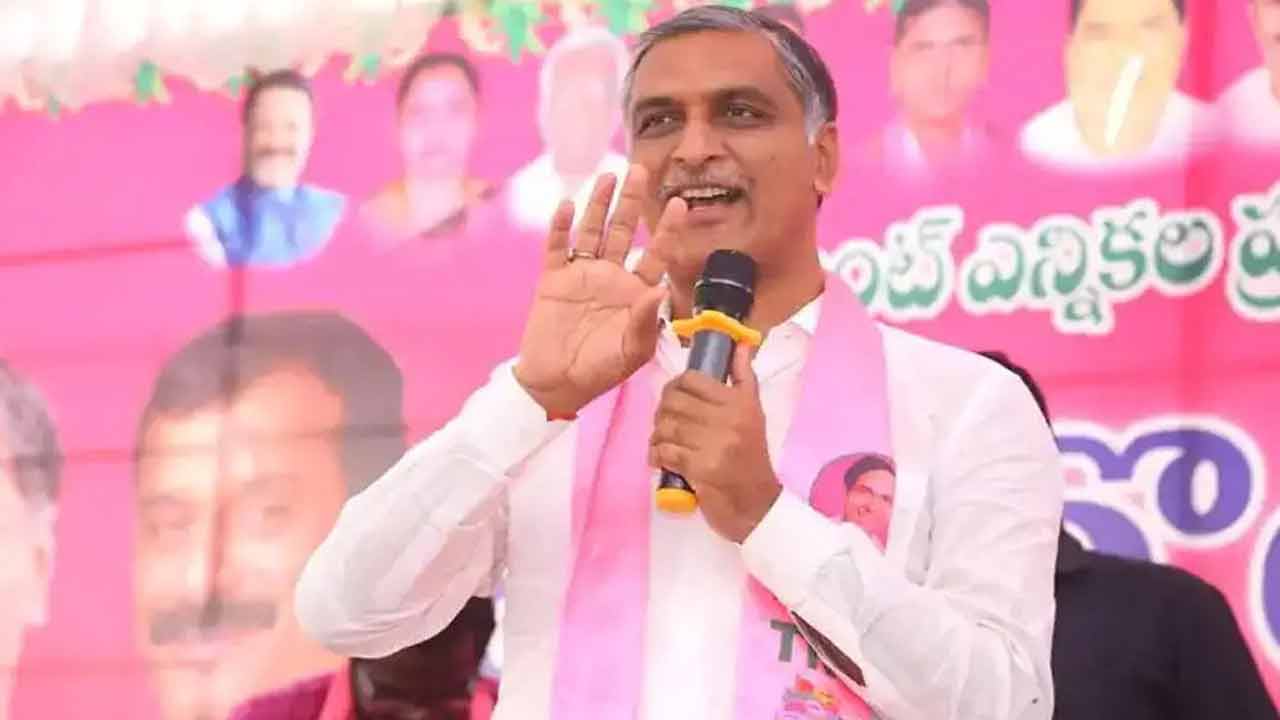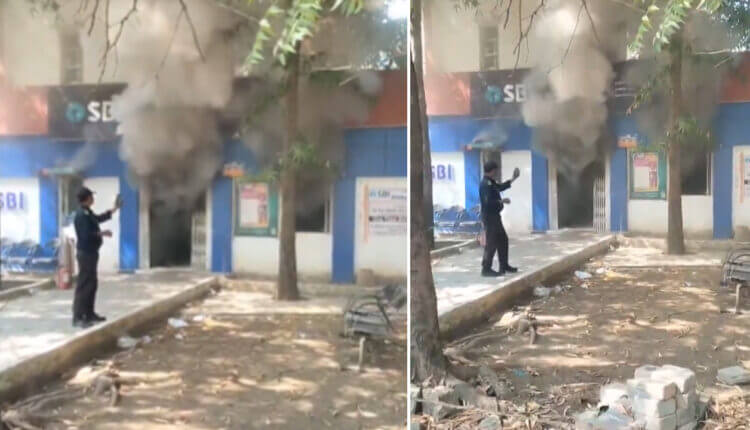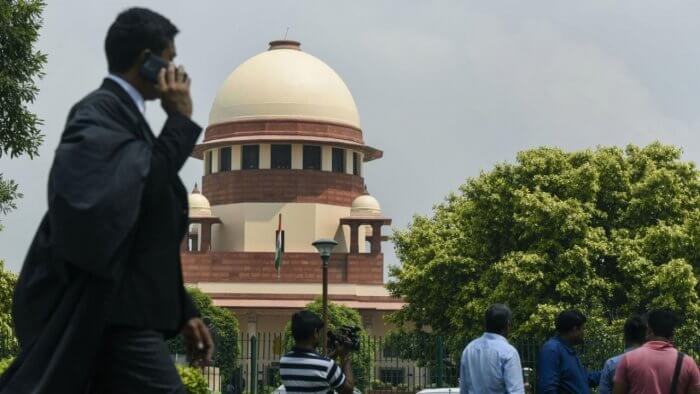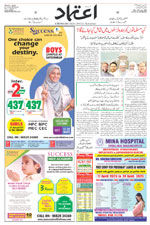Democracy Still in the making
Mon 26 Jan 2015
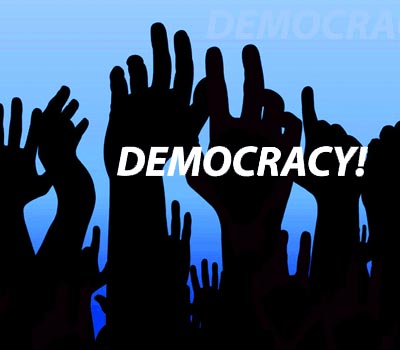
January 26, 2015 Agency : On January 26, the Indian state will display its might in the presence of the President of the United States, Barack Obama.Yet, to look at the ceremonial tableaux on display during the annual ritual that is performed in the heart of Delhi and assess how far we have come together as a democratic Republic would be partially incorrect and perhaps, even delusional.The depth and spread of democracy in the last 65 years is a better measure of the performance of the state. “The deepening of democracy project has not expanded,” said Bhagwan Josh, Professor of Contemporary History at the Jawaharlal Nehru University. “The democratic momentum under Nehru that lasted from 1951 to 1962 is missing today,” he added.
As we enter the 66th year of the Republic, the new government in place has completed eight months at the helm. Even though it is a coalition government, the 2014 Lok Sabha results show that the leading party — the Bharatiya Janata Party — was capable of forming a government on its own. Yet, the functioning of Parliament during the current government’s tenure shows it has not been able to leverage its numbers in the Lok Sabha to build consensus in the Rajya Sabha.
A party crossing the half way mark in the Lok Sabha is a scenario that visited us after 30 years — after an era of stable and unstable coalition governments that lasted from 1991 to 2009. The five-phase election to the 16th Lok Sabha in April-May last year saw the BJP finish with a little under 31 per cent of the total votes polled, yet post a mammoth score of 282 of the total 543 seats. It was the first non-Congress party to cross the majority mark on its own. The Congress recorded its worst performance, with 44 seats, finishing second and polling 19.3 per cent votes.
The next six slots, in terms of seat share, were taken by regional parties — the AIADMK with 37 seats, the AITMC with 34 seats together polled a little over seven per cent of the votes.
The BSP which had polled more votes than the two finished with no seats at all in the Lok Sabha because of the national spread of its votes vis-à-vis the regional concentration of the AIADMK and TMC votes.While it is easy to read the mandate in terms of seats won as overwhelmingly in favour of the BJP, the vote share tells a different story. The government’s current struggle to get bills passed in the Rajya Sabha and ultimately
resorting to a string of ordinances is precisely a reflection of that. “The hallmark of democracy is consensus, but that we have not been able to achieve that,” explained Prof. Josh.More than six decades ago, the first elected Lok Sabha in 1952, had seen less than 46 per cent per cent of the electorate vote in the elections. The Congress came to power having bagged 364 of the 489 seats in the Lok Sabha and 45 per cent of the total votes polled. Nehru became the first elected Prime Minister. The Communist Party of India – which had not yet split into the CPI(M) and CPI – bagged 16 seats, and finished second, polling barely 3.3 per cent of the votes polled, while its affiliate, the People’s Democratic Front in Andhra Pradesh won seven seats in the state. The Socialist Party, that bagged 10.6 per cent votes finished with 12 seats in the third place. The Bharatiya Jan Sangh, predecessor of the current day BJP, polled 3.06 per cent of the votes and finished with three Lok Sabha seats. The national parties between them always held a much larger share of votes than the forces of identity politics.From the first Lok Sabha election to the 16th it has however been a different story with identity and regional politics registering a wider spread. Between the BJP and the Congress, the vote share for the two national parties came down below 50 per cent in 2014, even though they retained over 300 seats as was the case in 2009. Parties built on identities of ethnicity, caste and region may have secured lesser seats in the 2014 election but their vote share has not fallen drastically.Development takes a hitIdentity politics surfaced after the Chinese aggression of 1962, when Nehru’s development project took a hit at the hands of the country’s security concerns. The country moved back to identity politics, away from the development discourse. Nehru’s development project had two components, according to Prof. Josh. One involved the building of the political economy through large industries and the second, the cultural project involving skill development and education. The 1962 war was the first roadblock in Indian democracy and since then we have faced many, he added. As the focus that should have been on development shifted to building a security state, development politics has faced its next threat from identity politics. The struggle is far from over. “As a result, India remains an anaemic democracy and not a robust one
resorting to a string of ordinances is precisely a reflection of that. “The hallmark of democracy is consensus, but that we have not been able to achieve that,” explained Prof. Josh.More than six decades ago, the first elected Lok Sabha in 1952, had seen less than 46 per cent per cent of the electorate vote in the elections. The Congress came to power having bagged 364 of the 489 seats in the Lok Sabha and 45 per cent of the total votes polled. Nehru became the first elected Prime Minister. The Communist Party of India – which had not yet split into the CPI(M) and CPI – bagged 16 seats, and finished second, polling barely 3.3 per cent of the votes polled, while its affiliate, the People’s Democratic Front in Andhra Pradesh won seven seats in the state. The Socialist Party, that bagged 10.6 per cent votes finished with 12 seats in the third place. The Bharatiya Jan Sangh, predecessor of the current day BJP, polled 3.06 per cent of the votes and finished with three Lok Sabha seats. The national parties between them always held a much larger share of votes than the forces of identity politics.From the first Lok Sabha election to the 16th it has however been a different story with identity and regional politics registering a wider spread. Between the BJP and the Congress, the vote share for the two national parties came down below 50 per cent in 2014, even though they retained over 300 seats as was the case in 2009. Parties built on identities of ethnicity, caste and region may have secured lesser seats in the 2014 election but their vote share has not fallen drastically.Development takes a hitIdentity politics surfaced after the Chinese aggression of 1962, when Nehru’s development project took a hit at the hands of the country’s security concerns. The country moved back to identity politics, away from the development discourse. Nehru’s development project had two components, according to Prof. Josh. One involved the building of the political economy through large industries and the second, the cultural project involving skill development and education. The 1962 war was the first roadblock in Indian democracy and since then we have faced many, he added. As the focus that should have been on development shifted to building a security state, development politics has faced its next threat from identity politics. The struggle is far from over. “As a result, India remains an anaemic democracy and not a robust one
No Comments For This Post, Be first to write a Comment.
Most viewed from Specials
Most viewed from World
AIMIM News
Latest Urdu News
Most Viewed
May 26, 2020
Do you think Canada-India relations will improve under New PM Mark Carney?
Latest Videos View All
Like Us
Home
About Us
Advertise With Us
All Polls
Epaper Archives
Privacy Policy
Contact Us
Download Etemaad App
© 2025 Etemaad Daily News, All Rights Reserved.











